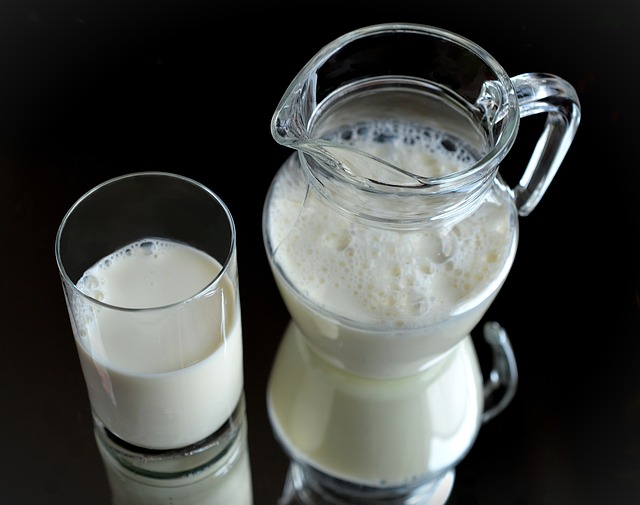Key Difference – Pasteurized vs Unpasteurized Milk
Milk, a primary food source for infants, consists of all major nutrients such as carbohydrates, protein, fat, minerals and vitamins. Due to its rich nutrient content, milk is highly susceptible to microbial spoilage. As a result, raw milk is often pasteurized to destroy its pathogenic microbial load. This pasteurized milk is also known as long life milk. The key difference between pasteurized milk and unpasteurized milk is that pasteurized milk can be stored for a longer period of time under refrigerated conditions, whereas unpasteurized milk cannot be kept for an extended period of time. In other words, pasteurized milk has a longer shelf life compared to unpasteurized milk. Although this is the key difference between pasteurized and unpasteurized milk, the nutritional and organoleptic properties may also differ between them.
Key Takeaways
- Pasteurized milk is a form of milk that has been heated to a high temperature to destroy any harmful pathogenic micro-organisms, giving it a longer shelf life.
- Unpasteurized milk is the raw milk obtained from cow, sheep, camel, buffalo or goat that has not been further processed, resulting in a shorter shelf life.
- From a nutritional standpoint, raw milk is the best, but pasteurized milk is considered safer for human consumption.
